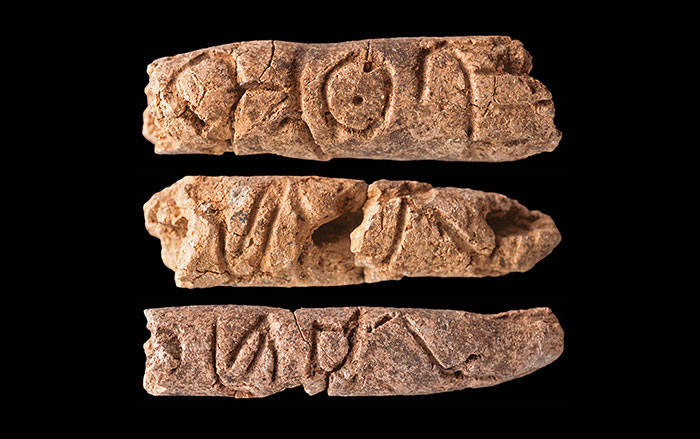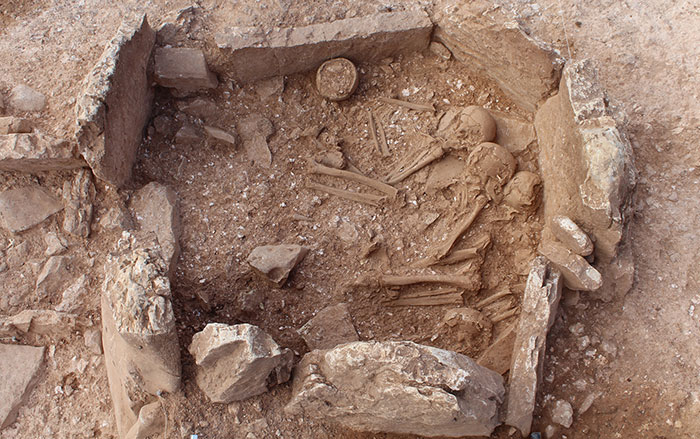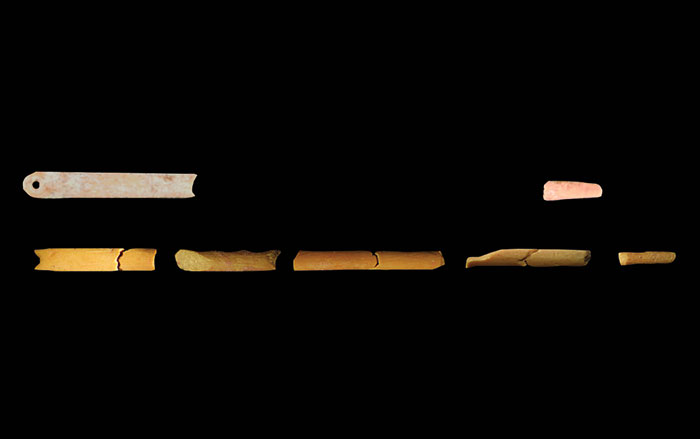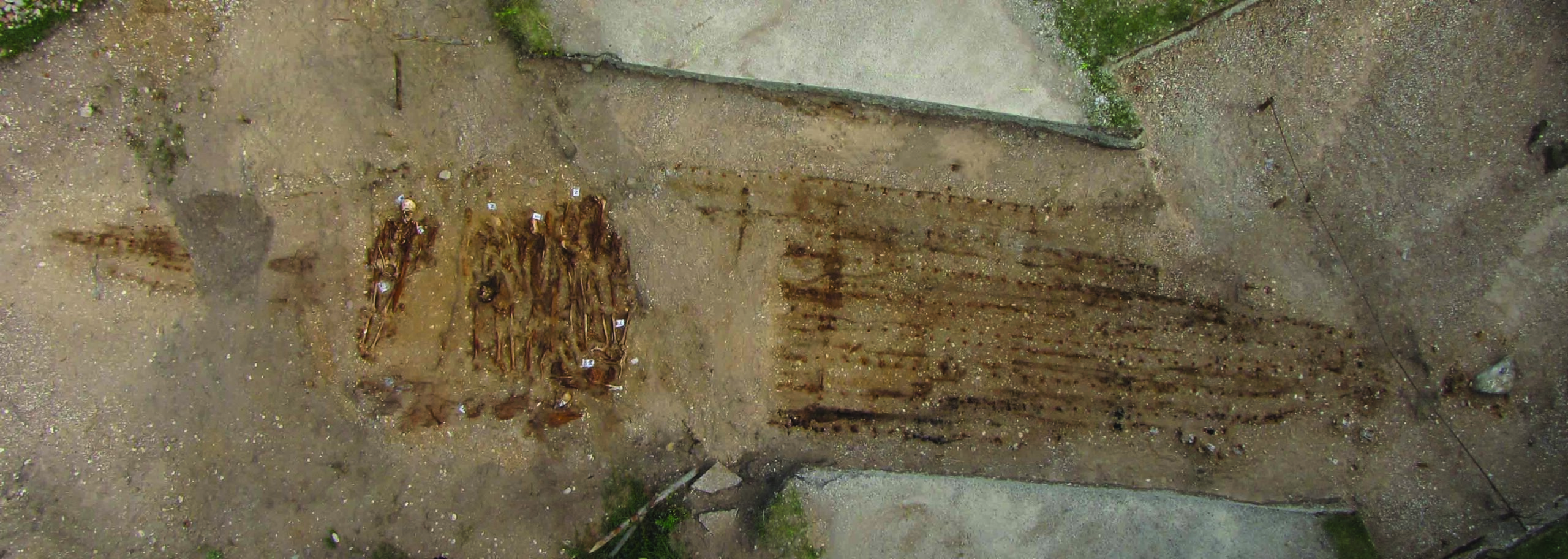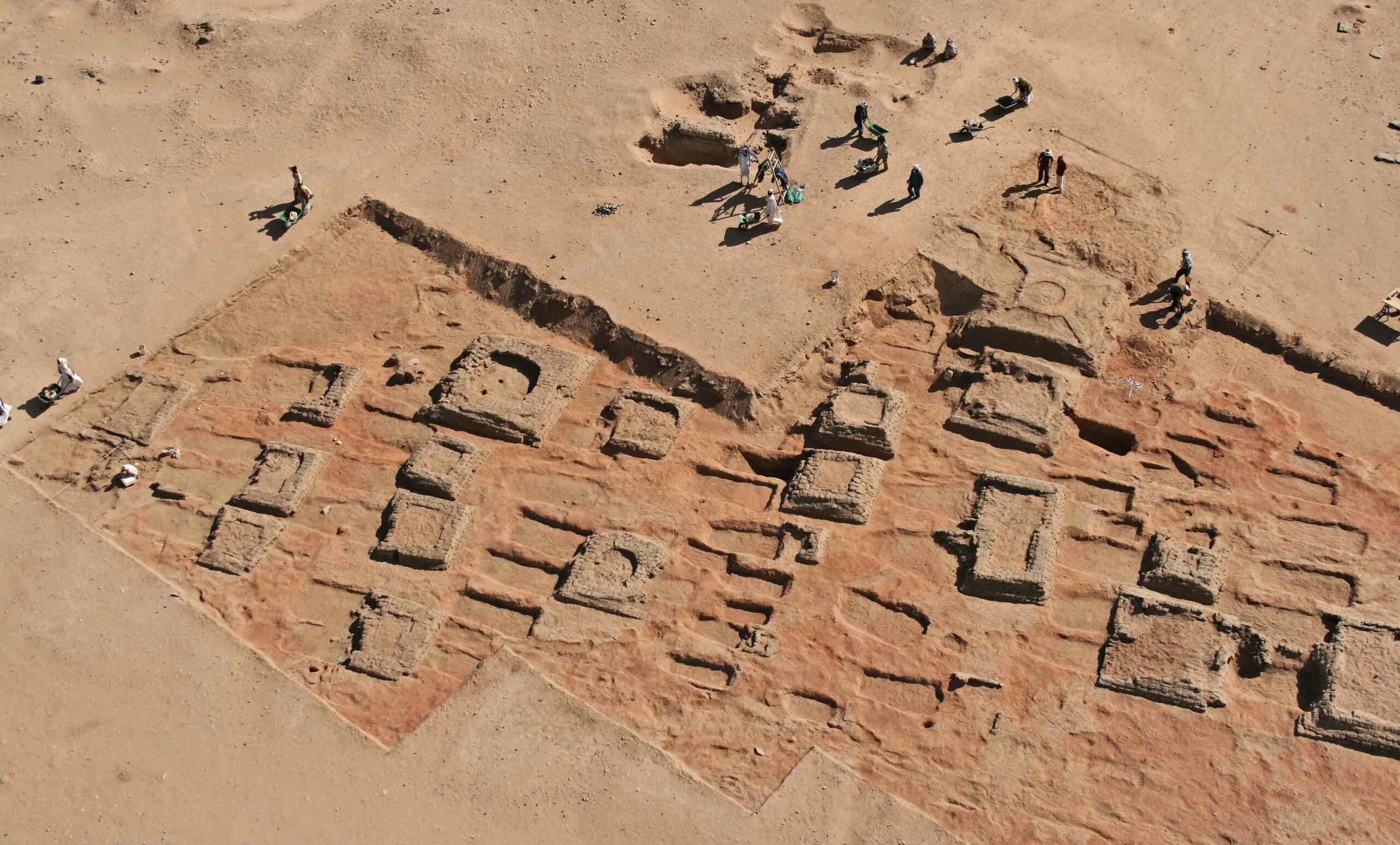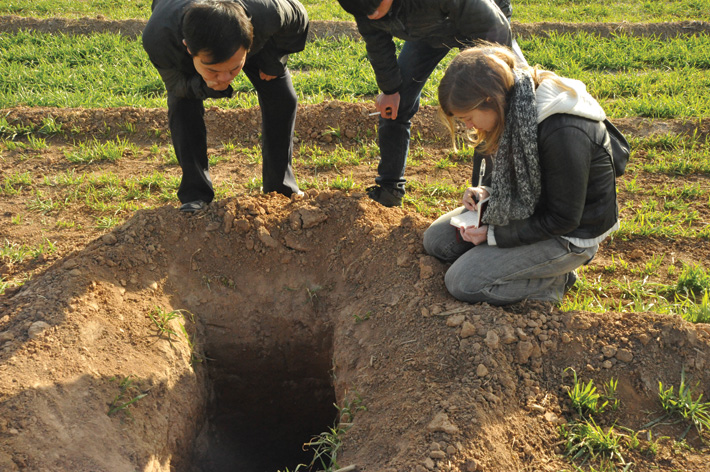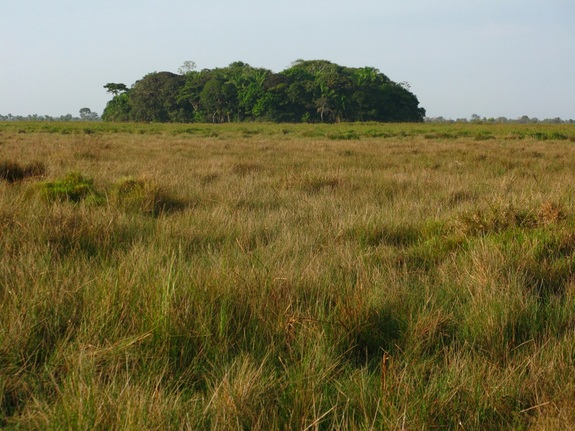
BERN, SWITZERLAND--Soil samples collected from forest islands in Bolivia’s western Amazon reveal that humans were living there as early as 10,400 years ago. Umberto Lombardo of the University of Bern and his team found freshwater snail shells in the older layers, and pottery, bone tools, and human bones in the outer layers. The mounds reflect a 6,000-year-period of human use. “We have discovered the oldest archaeological sites in western and southern Amazonia. These sites allow us to reconstruct 10,000 years of human-environment interactions in the Bolivian Amazon,” Lombardo said. He thinks that these early Amazon residents may have moved away as the climate became wetter. Some had thought that the unusual mounds were formed by termites or erosion.


